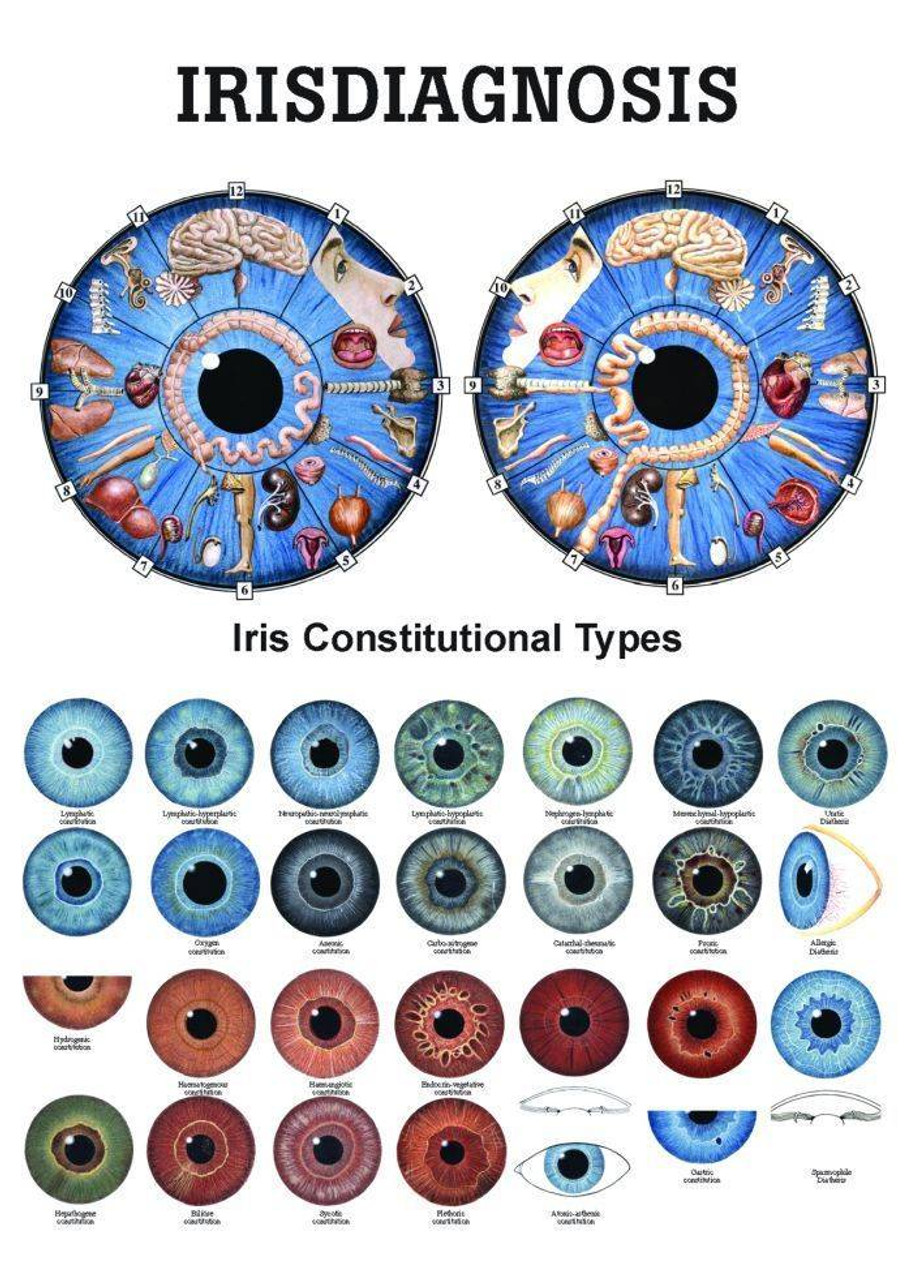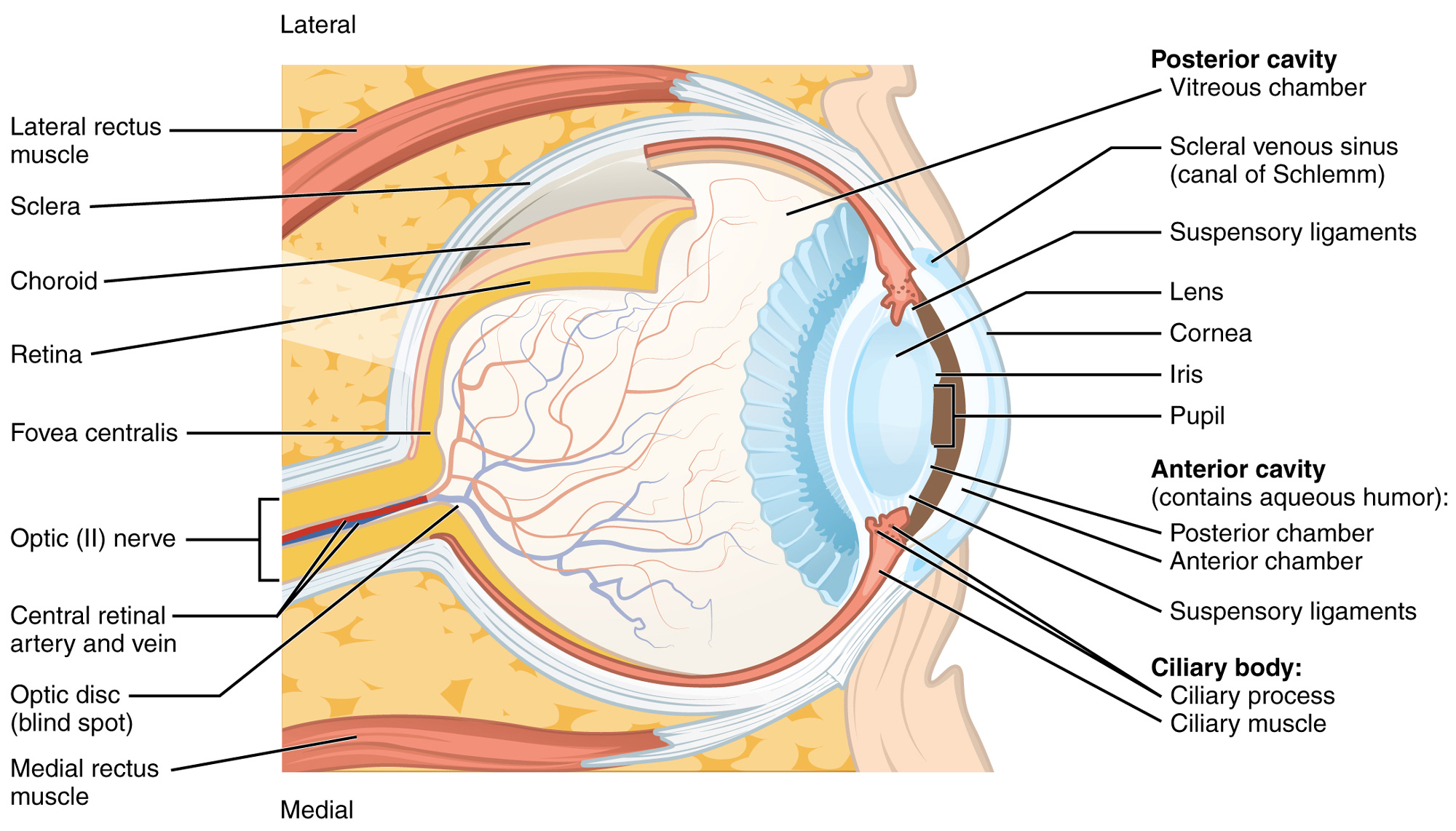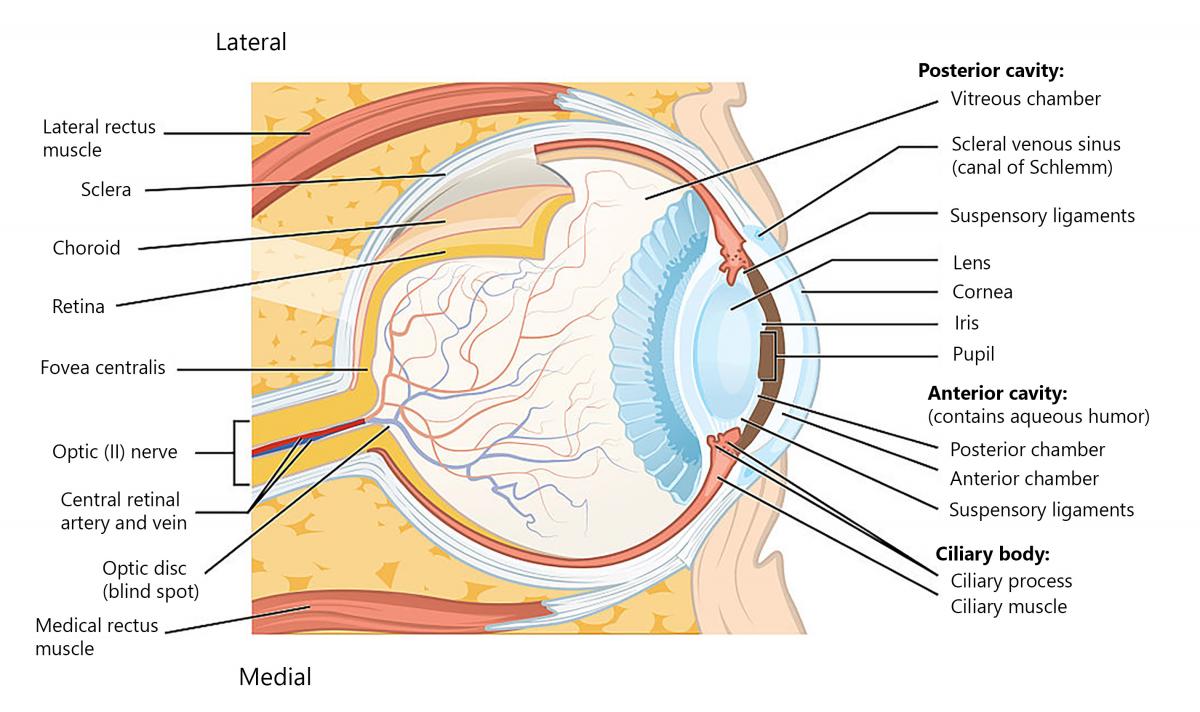Address
6050 N 9th Ave Suite D Pensacola FL 32504
Work Hours
Mon: 10am – 6pm
Tues: 10am – 6pm
Wed : 9am – 4pm
Thurs: 9am – 12pm
Fri - Sat- Sun: Closed
Address
6050 N 9th Ave Suite D Pensacola FL 32504
Work Hours
Mon: 10am – 6pm
Tues: 10am – 6pm
Wed : 9am – 4pm
Thurs: 9am – 12pm
Fri - Sat- Sun: Closed

Take a closer look at the intricate details of the iris with “The Anatomy of the Iris: A Detailed Look.” Holly Gibson, a Certified Iridologist and Natural Health Advisor, invites you to explore the fascinating world of iridology and its connection to overall well-being. In this article, you will gain a deeper understanding of the iris, its structure, and how it can provide valuable insights into your health. Discover how Holly’s expertise and passion for helping others can support you in achieving optimal wellness. So, join us on this enlightening journey as we delve into the remarkable intricacies of the iris.
Welcome to this comprehensive article on the anatomy of the iris! In this article, we will delve deep into the structure, function, and importance of the iris in our eyes. The iris is a fascinating part of our body that plays a crucial role in our vision and overall health. So, let’s begin our journey into understanding the intricacies of the iris!
The iris is the colored part of the eye that surrounds the pupil. It is a thin, circular diaphragm that controls the amount of light entering the eye. The color of the iris is determined by the concentration and distribution of pigment cells within it.
The main function of the iris is to regulate the amount of light entering the eye. By adjusting the size of the pupil, the iris controls the amount of light that reaches the retina. In bright environments, the iris constricts the pupil to reduce the amount of incoming light, while in dimmer conditions, it dilates the pupil to allow more light to enter. This regulation of light helps to maintain optimal visual acuity and protect the delicate structures within the eye.

This image is property of opto.ca.
The color of the iris is determined by the amount and type of pigment present in the iris tissues. It can range from various shades of brown, blue, green, and sometimes even gray or hazel. The distribution of pigment cells within the iris gives it its unique coloration.
The surface of the iris is not smooth but rather textured with ridges, grooves, and irregularities. These textural variations contribute to the individuality and uniqueness of each person’s iris pattern. It is these patterns that are often used for identification purposes, such as in biometric systems.
The iris is famously known for its intricate patterns, known as the iris crypts and furrows. These patterns are formed during embryonic development and remain relatively stable throughout a person’s lifetime. No two irises are identical, making them a highly reliable and unique identifier.
The outermost layer of the iris is called the epithelium layer. It is a thin layer of cells that covers the surface of the iris. The epithelium layer is responsible for protecting the underlying structures of the iris and maintaining its integrity.
Beneath the epithelium layer lies the stroma layer, which is the thickest layer of the iris. The stroma is composed of connective tissue that contains collagen and elastic fibers. It gives the iris its structural support and contributes to its flexibility and ability to change shape.
The innermost layer of the iris is the pigment layer, also known as the uvea. This layer contains pigmented cells called melanocytes, which give the iris its color. The pigment layer helps absorb excess light and prevent glare within the eye.

This image is property of opto.ca.
The pupil is an opening in the center of the iris that appears as a dark spot. It allows light to enter the eye and reach the retina, where visual information is processed.
The size of the pupil is controlled by the muscles of the iris. In bright light, the iris constricts the pupil to limit the amount of incoming light and protect the retina from potential damage. Conversely, in low light conditions, the iris dilates the pupil to allow more light to enter and enhance visibility.
The sphincter muscle of the iris encircles the pupil and is responsible for contracting the pupil. When the sphincter muscle contracts, it constricts the pupil, reducing its size.
The dilator muscle of the iris radiates outward from the pupil and is responsible for dilating the pupil. When the dilator muscle contracts, it pulls the iris apart, increasing the size of the pupil.
This image is property of my.clevelandclinic.org.
The iris receives its blood supply from a network of blood vessels that enter through the root of the iris. These blood vessels provide oxygen and nutrients to the various layers of the iris, ensuring their proper functioning and health.
The sympathetic nervous system, a part of the autonomic nervous system, regulates the dilation of the pupil. When the sympathetic nerves are activated, they cause the dilator muscle to contract, resulting in pupil dilation.
The parasympathetic nervous system, another part of the autonomic nervous system, controls the constriction of the pupil. When the parasympathetic nerves are activated, they cause the sphincter muscle to contract, resulting in pupil constriction.

This image is property of d2jx2rerrg6sh3.cloudfront.net.
Iridology is a practice that involves studying the iris to assess a person’s overall health and detect potential imbalances or weaknesses in various organ systems. By examining specific features and patterns in the iris, iridologists believe they can gain insight into a person’s constitutional strengths and weaknesses.
According to iridology, certain signs and markings in the iris may indicate the presence of certain diseases or imbalances in the body. However, it is important to note that iridology is considered an alternative health practice and is not recognized as a diagnostic tool by conventional medicine.
The iris is a remarkable part of our eyes that not only adds beauty and uniqueness to our appearance but also plays a vital role in our vision and overall health. Its ability to regulate the amount of light entering the eye, its intricate patterns, and its complex structure make the iris a subject worthy of exploration. So, the next time you look into someone’s eyes, take a moment to appreciate the fascinating anatomy of their iris and the wonders it holds within.